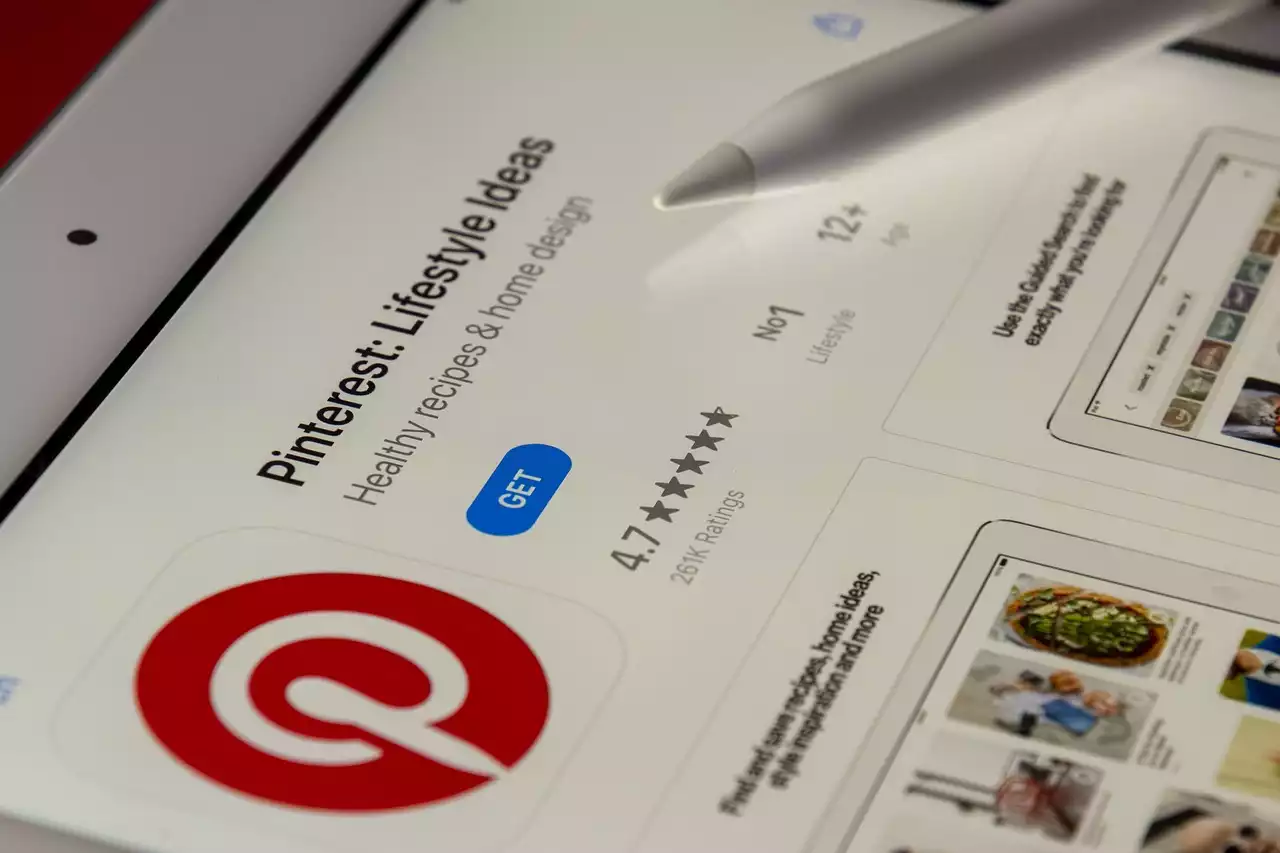Advantages of PWAs over Traditional Mobile Apps
PWAs have several advantages over traditional mobile apps. Firstly, they do not require users to download anything, which can be a significant barrier for mobile users who may not have enough storage space or are reluctant to download an app they may only use once. PWAs can be accessed via a URL, which makes them easy to share with others and provides a more accessible user experience. Secondly, PWAs are built using web technologies such as HTML, CSS, and JavaScript, which means they can be developed using the same codebase as a website, making them more cost-effective and efficient to develop. Finally, PWAs offer a seamless experience, with offline functionality, push notifications, and access to device features such as the camera or GPS.
Key Steps in Developing a Progressive Web App - Planning and Design
The first step in developing a PWA is planning and design. To create a successful PWA, you need to understand your users' needs and how they will interact with your app. This involves conducting user research, creating user personas, and defining user journeys. Once you have a clear understanding of your users, you can begin designing your PWA. This involves creating wireframes and prototypes, testing them with users, and iterating until you have a design that meets your users' needs.
When designing your PWA, it's important to consider the following principles:
-
Responsive Design: Ensure your PWA is optimized for different screen sizes and resolutions. -
Accessibility: Make sure your PWA is accessible to all users, including those with disabilities. -
Performance: Ensure your PWA is fast and responsive, even on slow connections. -
Simplicity: Keep your design simple and intuitive, with a clear hierarchy of information and actions.
Key Steps in Developing a Progressive Web App - Development and Testing
Once you have a clear plan and design for your PWA, you can begin development. This involves building your PWA using web technologies such as HTML, CSS, and JavaScript, and implementing the latest web technologies such as Service Workers, Web App Manifests, and Web Push Notifications.
During development, it's important to follow best practices for web development, such as:
- Optimizing Images: Use compressed images to reduce load times and improve performance.
- Minifying Code: Use tools to minify your code to reduce file size and improve load times. - Testing: Test your PWA on different devices and browsers to ensure it works as expected. - Performance Optimization: Analyze and optimize your PWA's performance using tools such as Lighthouse and WebPageTest.
Once development is complete, it's important to test your PWA thoroughly. This involves testing for functionality, performance, and security. You should also test your PWA in different environments, such as on slow connections or offline.
Key Steps in Developing a Progressive Web App - Launch and Promotion
Once your PWA is developed and tested, it's time to launch and promote it. Your PWA should be launched on a secure HTTPS connection, and you should ensure that your PWA is discoverable by search engines. You can promote your PWA through social media, email marketing, and other channels, and encourage users to add your PWA to their home screen.
It's also important to track and analyze your PWA's performance using tools such as Google Analytics. This will help you identify areas for improvement and optimize your PWA for better performance and engagement.
Best Practices for Developing Progressive Web Apps
To develop a successful PWA, it's essential to follow best practices. These include:
- Fast Load Times: Ensure your PWA loads quickly, even on slow connections.
- Offline Functionality: Provide users with offline functionality, so they can still use your PWA even without an internet connection.
- Push Notifications: Use push notifications to engage users and keep them coming back to your PWA.
- Clear Navigation: Ensure your PWA has clear navigation and a simple user interface.
- Security: Ensure your PWA is secure by using HTTPS and following best practices for security.
Tools and Resources for Developing Progressive Web Apps
There are many tools and resources available for developing PWAs. These include:
- Google Chrome DevTools: A powerful set of tools for testing and debugging PWAs.
- Lighthouse: A tool for analyzing and optimizing the performance of your PWA.
- Workbox: A set of libraries and tools for implementing Service Workers in your PWA.
- Service Worker Cookbook: A collection of code snippets for implementing common Service Worker functionality.
- PWA Rocks: A showcase of successful PWAs and a directory of tools and resources for developing PWAs.
Examples of Successful Progressive Web Apps
There are many successful PWAs out there. Here are some examples:
- Twitter Lite: A PWA that provides users with a fast and reliable Twitter experience, even on slow connections.
- Flipkart Lite: A PWA that provides users with a fast and seamless shopping experience, with offline functionality and push notifications.
- Starbucks: A PWA that provides users with a fast and convenient way to order and pay for their coffee, with a simple and intuitive user interface.
Common Challenges in Developing Progressive Web Apps and How to Overcome Them
Developing a PWA can be challenging, but there are ways to overcome common challenges. These include:
- Browser Support: Not all browsers support the latest web technologies required for PWAs. To overcome this, you can use polyfills or feature detection to provide fallbacks for unsupported browsers.
- Caching Strategies: Implementing caching strategies can be complex, but tools such as Workbox can simplify this process.
- Service Worker Lifecycle: Service Workers have a complex lifecycle, which can make them challenging to work with. However, tools such as Workbox can simplify this process and provide best practices for Service Worker management.
Developing a PWA requires careful planning, design, development, testing, and promotion. By following best practices and using the right tools and resources, you can create a successful PWA that provides your users with a seamless and engaging experience.









